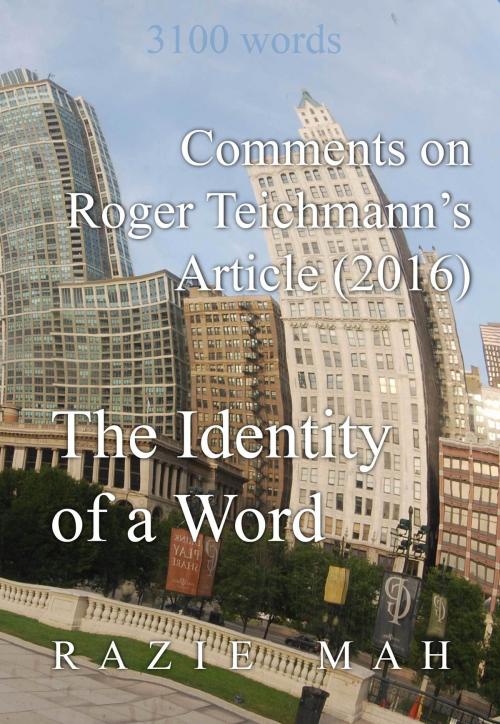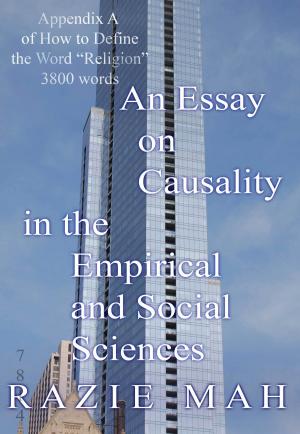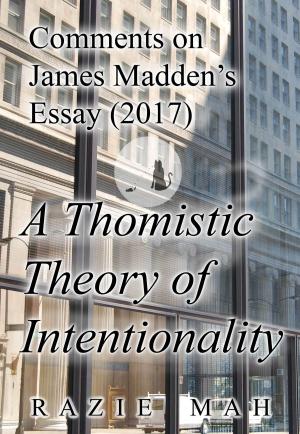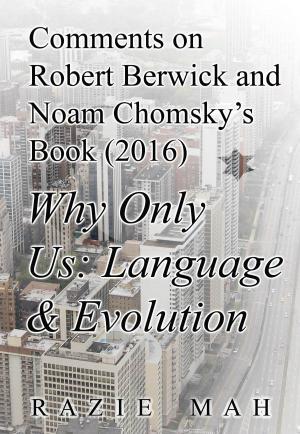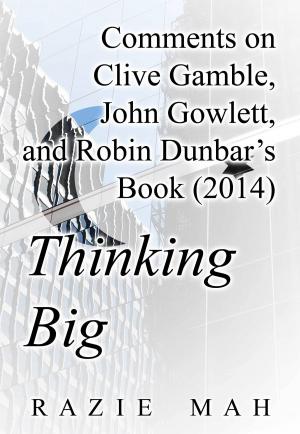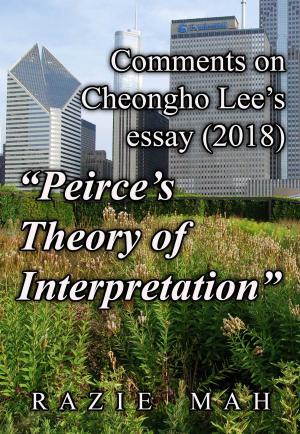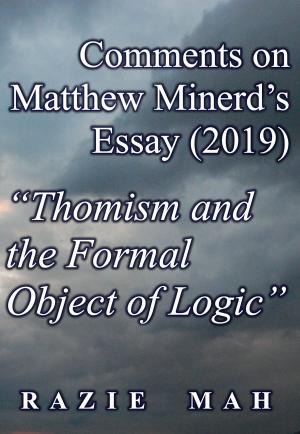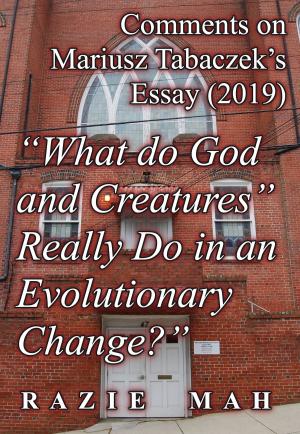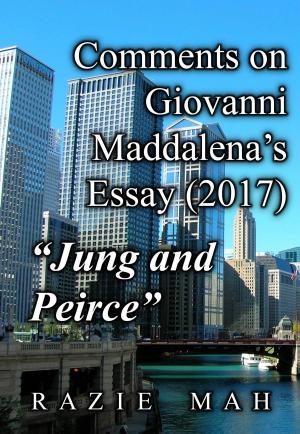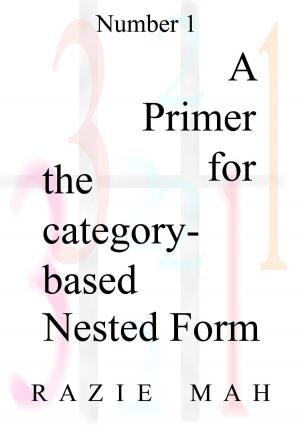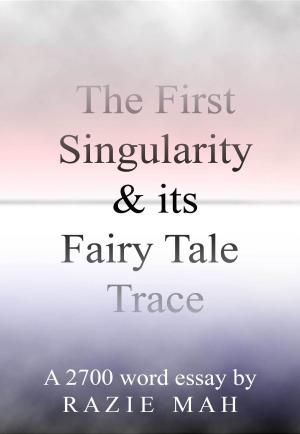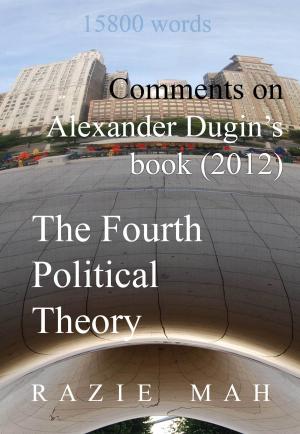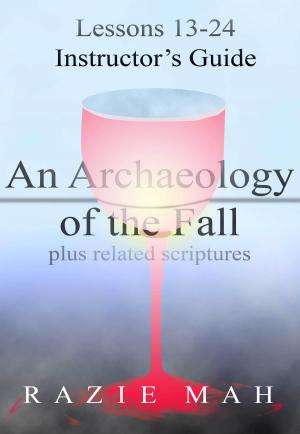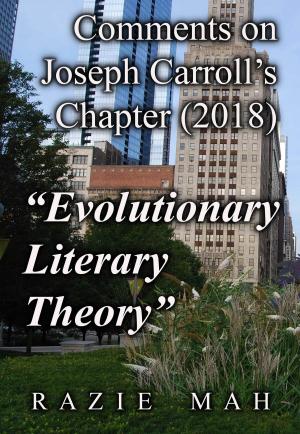Comments on Roger Teichmann’s Article (2016) The Identity of a Word
Nonfiction, Reference & Language, Education & Teaching, Religion & Spirituality, Philosophy| Author: | Razie Mah | ISBN: | 9781942824176 |
| Publisher: | Razie Mah | Publication: | March 20, 2016 |
| Imprint: | Smashwords Edition | Language: | English |
| Author: | Razie Mah |
| ISBN: | 9781942824176 |
| Publisher: | Razie Mah |
| Publication: | March 20, 2016 |
| Imprint: | Smashwords Edition |
| Language: | English |
Philosopher Roger Teichmann comments on an essay that appears in a recent compilation by philosopher Elizabeth Anscombe. Ancombe’s essay is entitled, “A Theory of Meaning?” It concerns Wittgenstein.
Wittgenstein is a philosopher who writes in aphorisms. One goes like this: “A sound is an expression only in a particular language game.”
Anscombe wonders whether this aphorism would support a micro-reductionist theory of language. Teichmann agrees that the answer is no.
In the process, however, Teichmann addresses key issues in figuring out the identity of a word. These issues serve as starting points for the construction of nested forms. Ultimately, three nested forms resonate. One goes with Saussure and Wittgenstein. One goes with Mary Douglas, who wrote How Institutions Think. One goes with the question formulated by Teichmann: What is the identity of a word?
Teichmann’s conclusion is that, if there is a theory that arises from Wittgenstein’s aphorism, it would not be a micro-reductionist theory of language. It might be a foundational theory of meaning. The nested forms show how Teichmann’s intuition is on target.
Philosopher Roger Teichmann comments on an essay that appears in a recent compilation by philosopher Elizabeth Anscombe. Ancombe’s essay is entitled, “A Theory of Meaning?” It concerns Wittgenstein.
Wittgenstein is a philosopher who writes in aphorisms. One goes like this: “A sound is an expression only in a particular language game.”
Anscombe wonders whether this aphorism would support a micro-reductionist theory of language. Teichmann agrees that the answer is no.
In the process, however, Teichmann addresses key issues in figuring out the identity of a word. These issues serve as starting points for the construction of nested forms. Ultimately, three nested forms resonate. One goes with Saussure and Wittgenstein. One goes with Mary Douglas, who wrote How Institutions Think. One goes with the question formulated by Teichmann: What is the identity of a word?
Teichmann’s conclusion is that, if there is a theory that arises from Wittgenstein’s aphorism, it would not be a micro-reductionist theory of language. It might be a foundational theory of meaning. The nested forms show how Teichmann’s intuition is on target.
